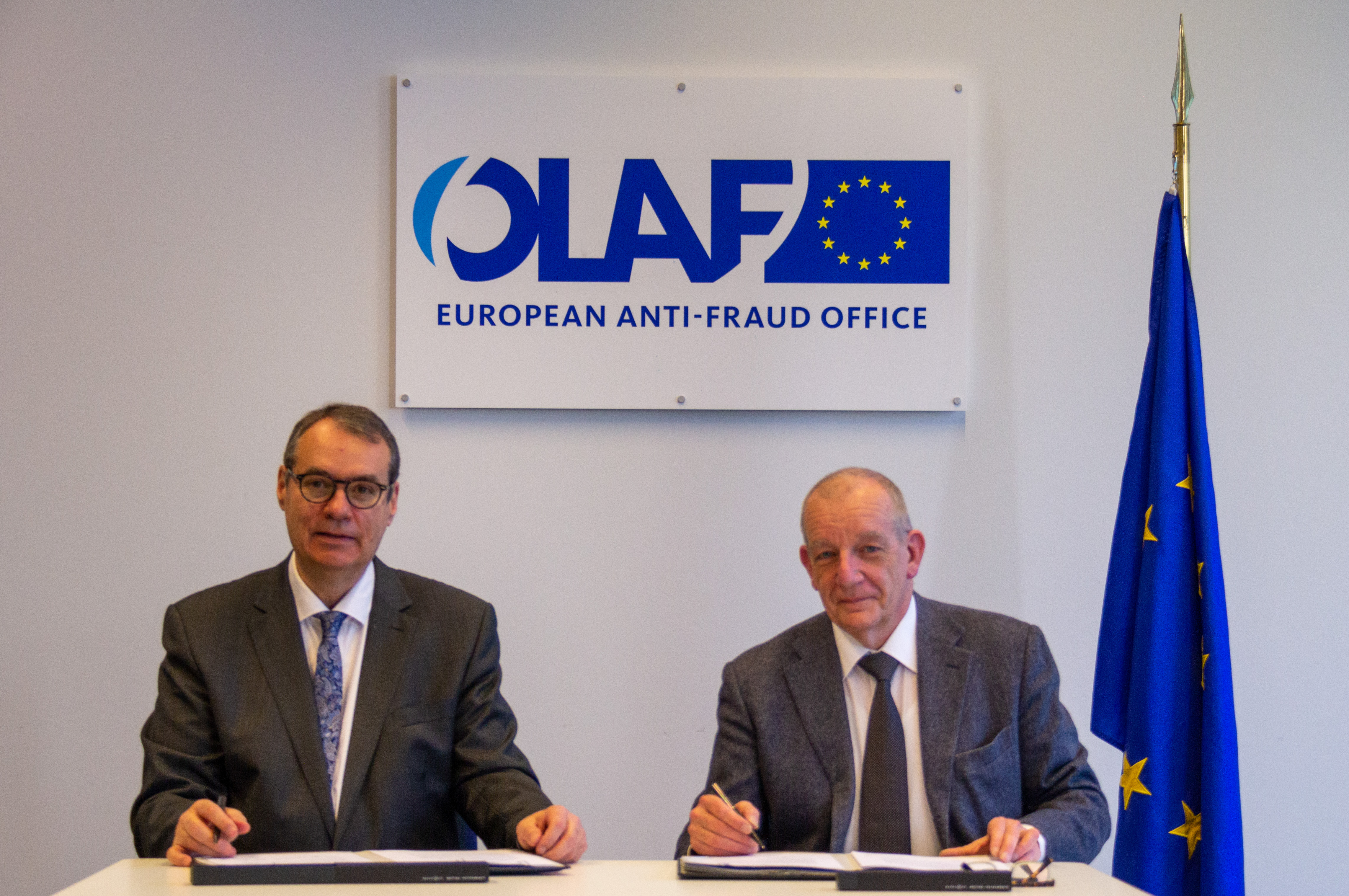Annual Report 2021
CTIF-CFI's 28th activity report has just been published.
As a result of various migration crises, migrant smuggling has become one of the crimes of which the profitability has increased the most in recent years. This usually involves smugglers who organise people smuggling in exchange for considerable amounts of money.
People smuggling networks can be fairly simple (with a limited number of parties involved) but can also be very complex (so complex and organised that they can be viewed as genuine criminal organisations). Depending on the networks’ level of complexity different money laundering methods are used to inject, move or invest money into the legitimate economy.
The transactions identified in the files that CTIF-CFI has disseminated to the judicial authorities are generally money remittance transactions, often from and to regions known as locations on migration routes that migrants use to reach Western Europe.
In other cases we find that legitimate companies are used, which are managed by smugglers or their associates (such as retailers and wholesalers, food shops, travel agencies, transport companies, internet access points or night shops) and are used throughout the journey to support the facilitation activities of the networks, in particular by providing logistical support. They can also be used to launder the proceeds of crime and to make their income appear legitimate. These files show that commercial activities are often used for illegal activities related to illegal migration networks. Although the nature of the commercial activities carried out by these companies could explain the cash deposits, it is probable that, given the police information, the transactions are at least partly the proceeds of migrant smuggling.
The generated profits are invested in real estate, high-value goods and legitimate companies, both in the countries of origin and in the countries of destination[1].
Criminal networks are able to thrive because of the large demand for the services provided by smugglers and the low risk of detection. Migrant smuggling is an issue of international concern. As part of its work on trends, the FATF has conducted a typological study[2] into this topic and CTIF-CFI contributed to this study. Its results intend to provide an international insight into this issue, provide typologies on the methods used and raise awareness within the private sector[3].
Detecting financial flows derived from migrant smuggling remains difficult. The frequent use of cash, the avoidance of the formal banking sector and the use of unofficial methods outside of the banking system such as hawala are obstacles. According to the FATF report there are other difficulties such as the use of cryptoassets and professional money laundering networks.
Finally, as emphasised by Europol[4], one of the main changes to the methods used by smugglers is the use of digital services and tools, such as social media and mobile applications for recruitment, (encrypted) communications, the sharing of photos and videos of (fake) documents as well as for money remittance.
[1] Europol (2021), European Migrant Smuggling Centre – 5th Annual Report, Publications Office of the European Union, Luxembourg
[2] FATF, ML/TF Risks Arising from Migrant Smuggling, 2022
[4] Europol (2021), European Migrant Smuggling Centre – 5th Annual Report, Publications Office of the European Union, Luxembourg
The European Anti-Fraud Office (OLAF) and the Belgian CTIF-CFI (Cellule de Traitement des Informations Financières-Cel voor financiële informatieverwerking) have signed today an update to their cooperation arrangement, which dated back to 2005. The new text takes into account the evolutions in the legislative and operational frameworks in Belgium and in the EU and reaffirms the cooperation between OLAF and CTIF-CFI.
The arrangement provides a framework for OLAF and CTIF-CFI to collect, analyse and exchange intelligence that can support each other’s work. Both Offices will continue to work together when they gather information on suspicious financial transactions that could involve money laundering (or related criminal activities) and which affect the European Union’s financial interests.
OLAF Director-General Ville Itälä said: ‘’It is a pleasure for me to sign this arrangement today, which reaffirms OLAF’s long-standing partnership with CTIF-CFI. This is good news for European taxpayers. When we investigate at the European Anti-Fraud Office, we need to be able to follow the money to track down fraudsters and expose their schemes. It is important that we can count on our national partners for this. In return, OLAF can provide them support with its experience, international perspective and ability to connect the dots across borders.’’
CTIF-CFI President Philippe de Koster said: ‘’To combat money laundering efficiently, we need to find as many synergies as possible with all services that share this same goal. Having worked myself in UCLAF 27 years ago and both our institutions doing everything they can to make sure that the European taxpayers’ money is not deflected through criminal means, OLAF and CTIF-CFI are natural partners to me. Past experiences showed that analysts of OLAF and CTIF-CFI speak the same language and this common voice will be heard even more in the future.”

Ville Itälä and Philippe de Koster at the signature ceremony